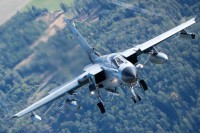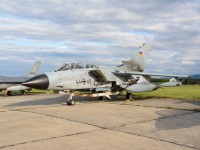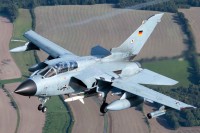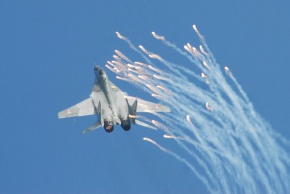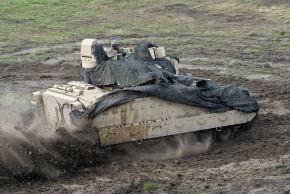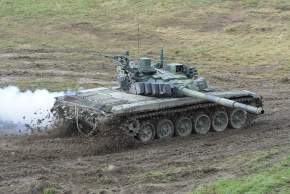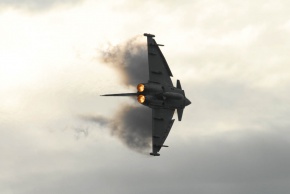Panavia Tornado
Once a symbol of technological advancement and proof of the quality of European security cooperation, the Panavia Tornado multi-role aircraft is one of the most significant outcomes of the defence industry collaboration between the United Kingdom, Italy, and West Germany during the Cold War. More than 40 years have passed since it entered into service in 1979, with numerous combat deployments including in Iraq, Afghanistan, Libya, and Yugoslavia, and yet it remains in the arsenals of the air forces of Germany, Italy, and Saudi Arabia.
One of the most interesting and key features of this aircraft is its variable wing geometry. Thanks to this unique design, the aircraft can change the angle of its wings during flight, making it flexible in various situations and flight regimes. At high speeds, the wings retract backwards to improve aerodynamics and allow the aircraft to reach speeds of up to Mach 2.2, while at lower speeds, such as during take-off or landing, the wings extend to increase lift and stability.
It is powered by two Turbo-Union RB199-34R Mk 103 engines with afterburners with a total thrust of 76.8 kN. The crew consists of a pilot and a specialist in weapon systems or electronic warfare. The aircraft is equipped with advanced avionics, navigation systems, autopilot, computerised weapon control systems, and a range of sensors for target detection and tracking. It excels in low-level, high-speed flight, enabling it to evade radar detection and penetrate deep into enemy territory.
Manufactured between 1979 and 1998, a total of 992 units were produced in various versions. The most common variants are the IDS, specialised in ground attack and deep penetration missions, the ECR, designed for enemy air defence suppression, and the ADV, focused on airspace protection against enemy bombers.
Specifications |
|
|---|---|
| Wingspan | 13.91 m |
| Length | 16.72 m |
| Height | 5.95 m |
| Empty weight | 13,890 kg |
| Max takeoff weight | 28,000 kg |
| Maximum speed | 2,665 km/h |
| Service ceiling | 15,240 m |
| Range | 1,390 km |






